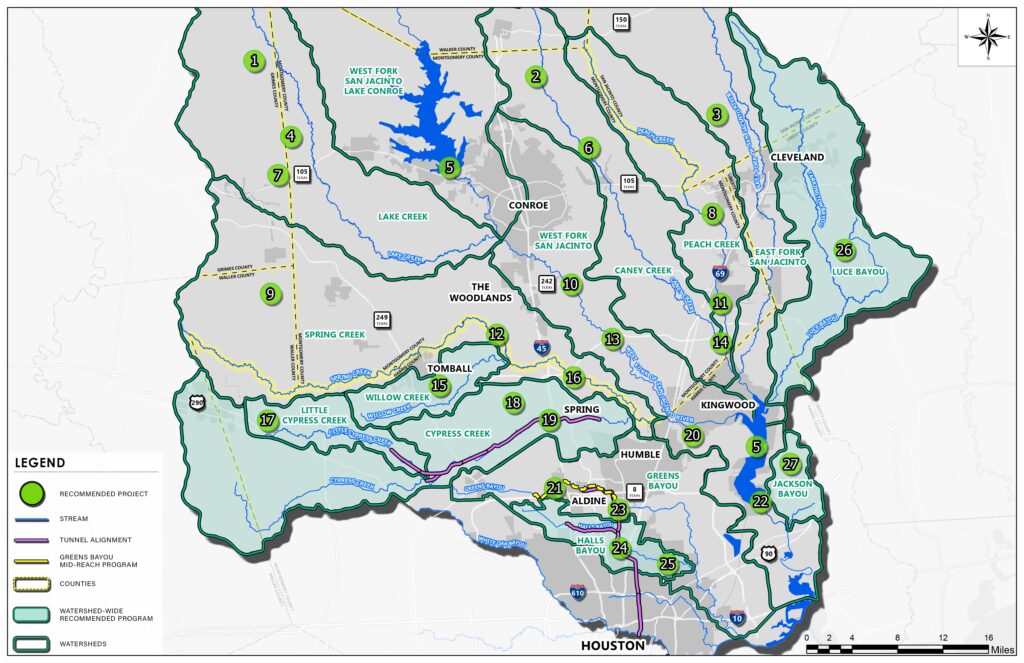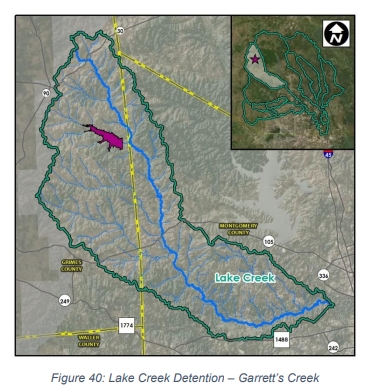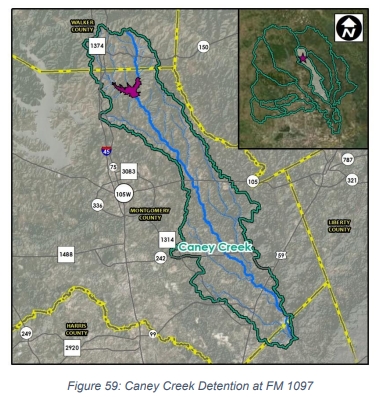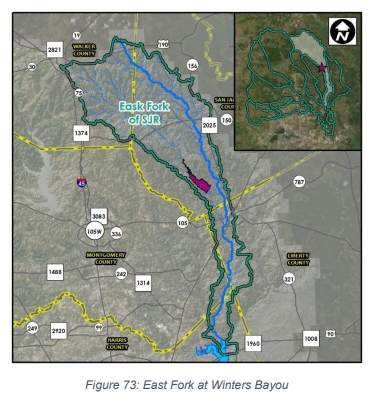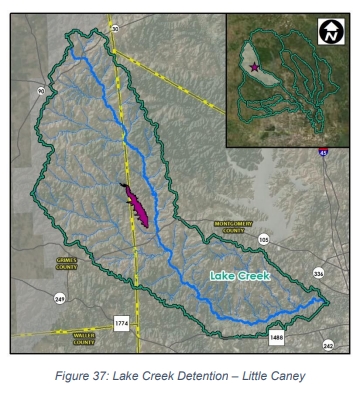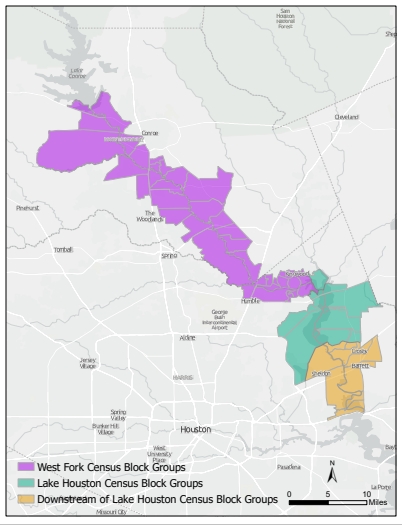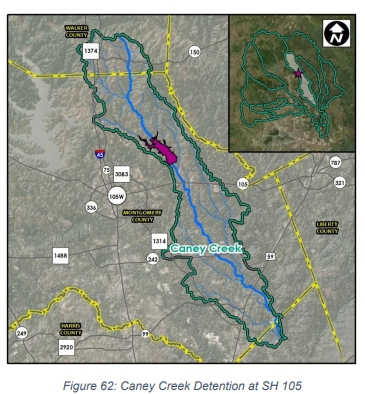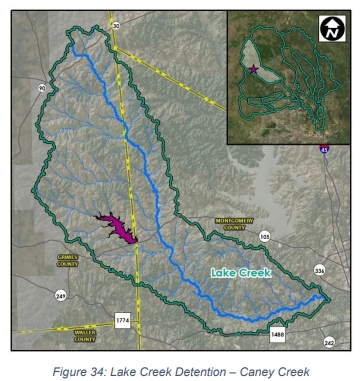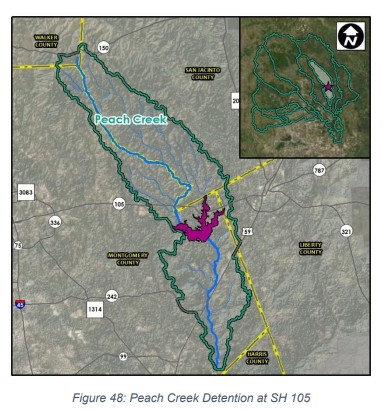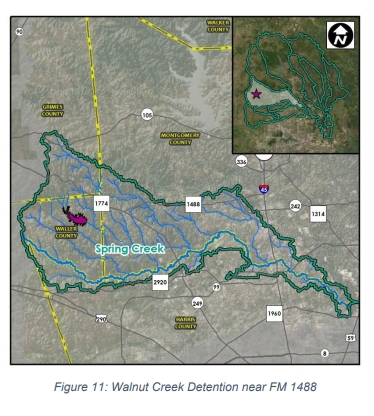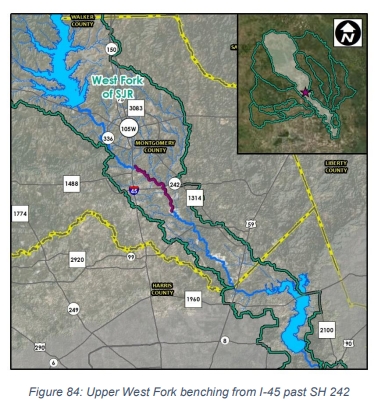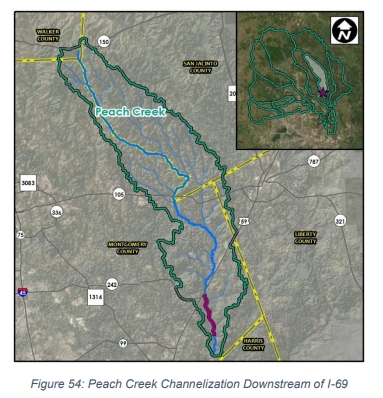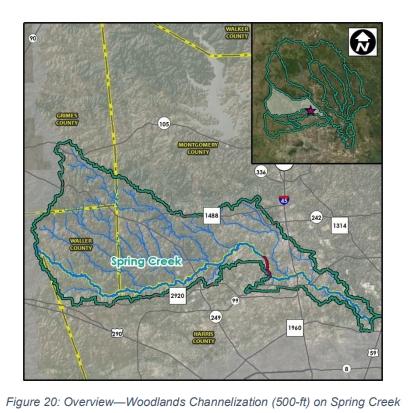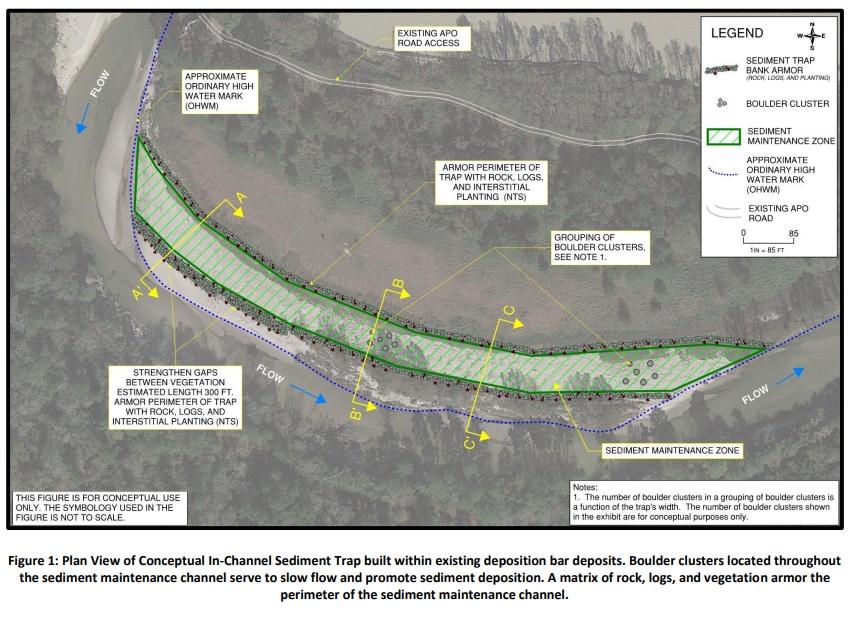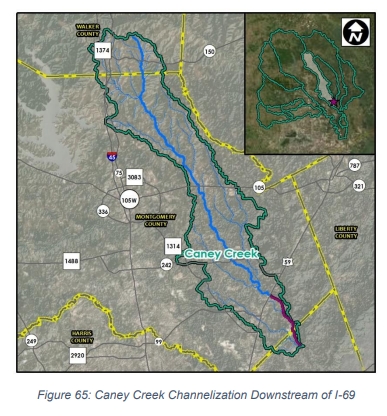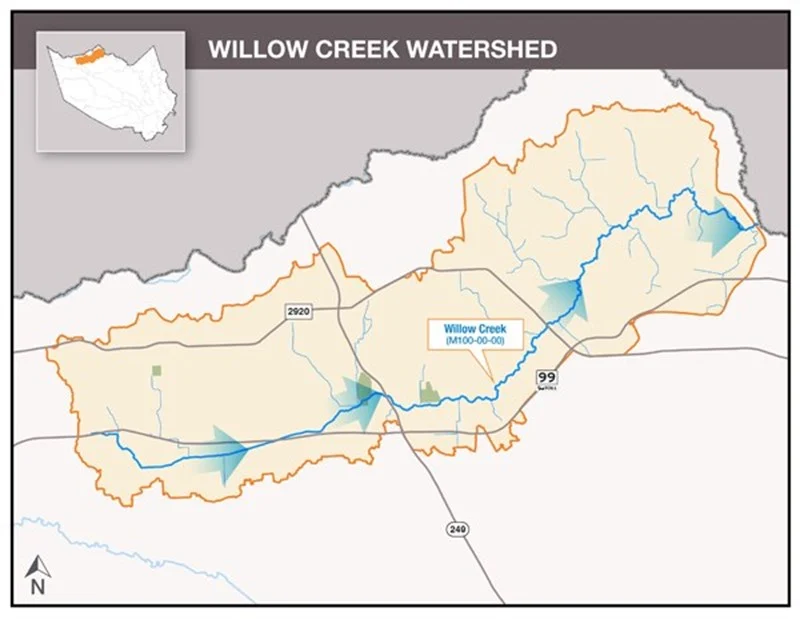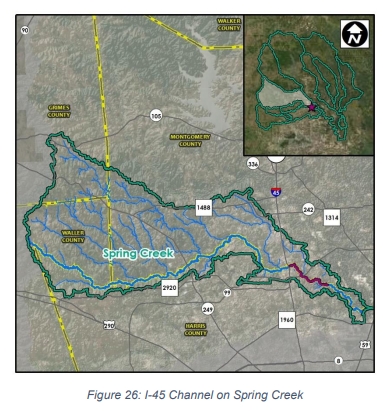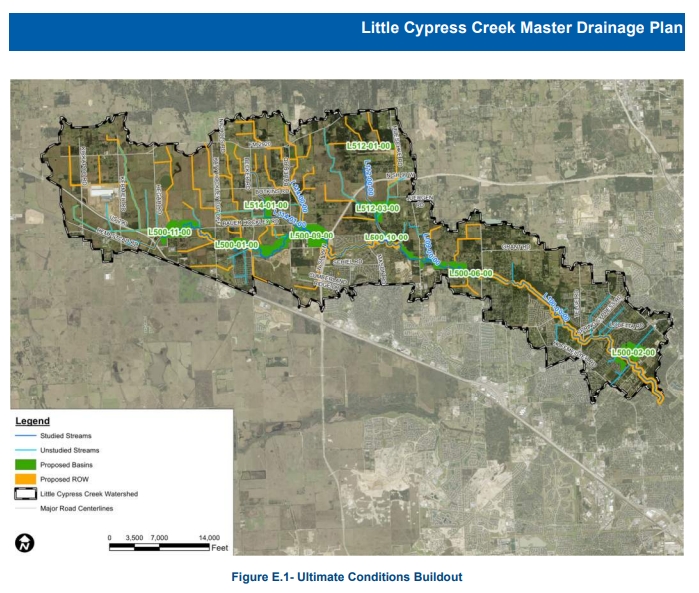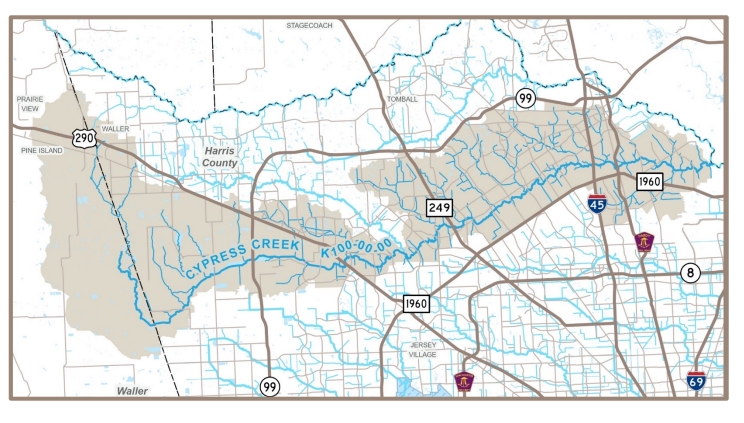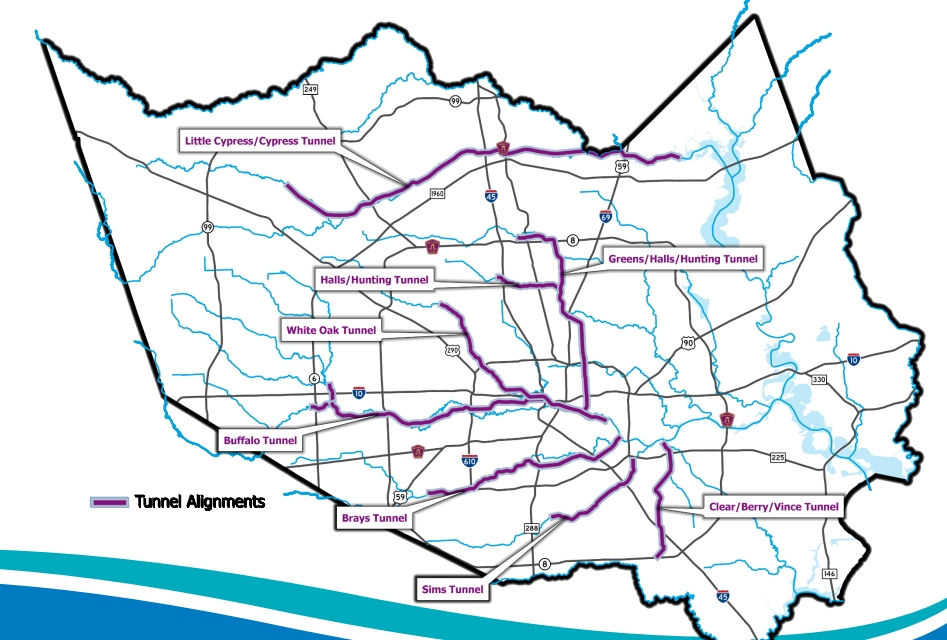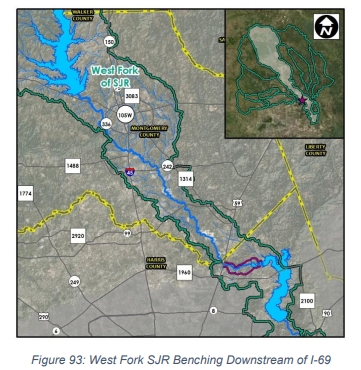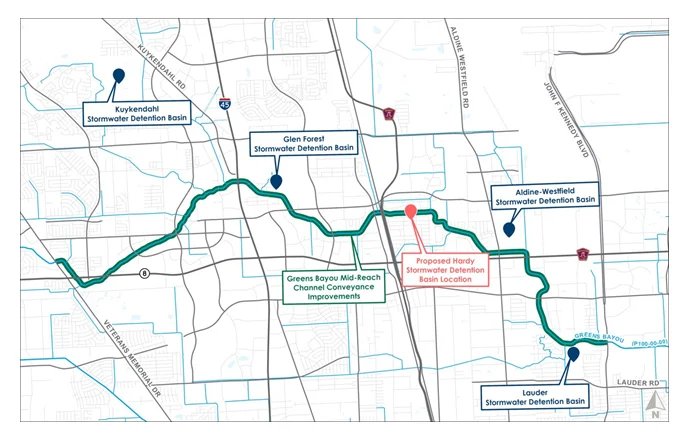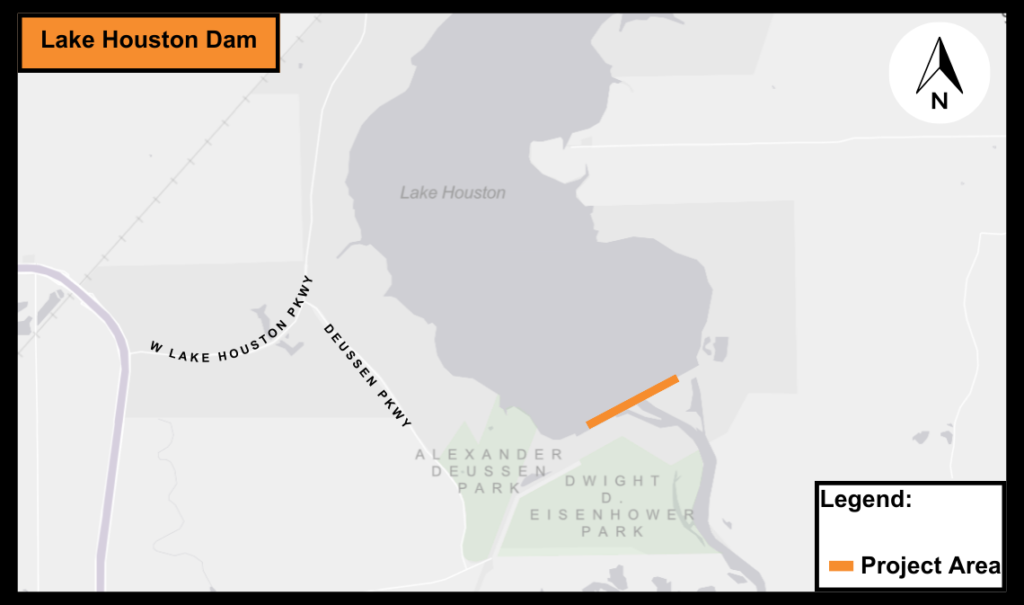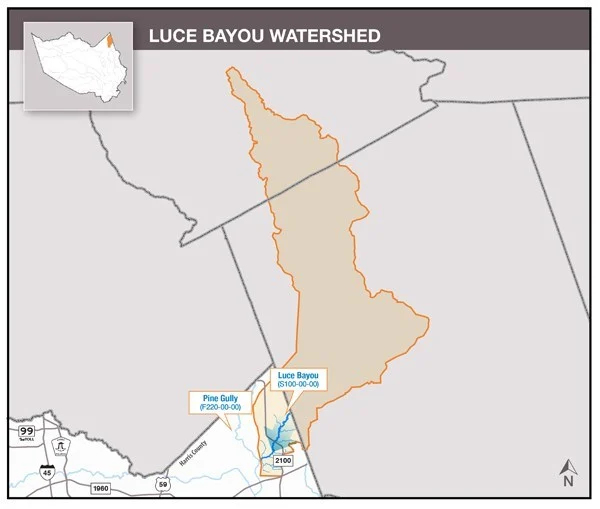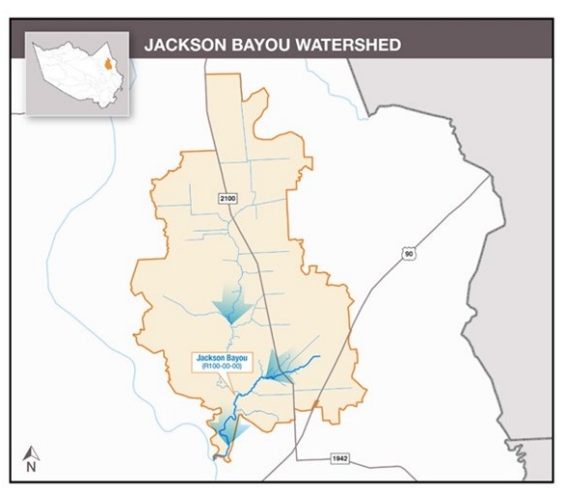Strategic Flood Reduction Priorities
Download DocumentPurpose and Process
The Strategic Flood Reduction Priorities (SFRP) documents the North Houston Association’s (NHA) recommendations for priority flood reduction projects and strategies. This provides a starting point, by watershed, for advocacy and education to members, legislators, and the public within NHA service area. NHA representatives met with more than 25 agencies and organizations to gather their top priorities within the NHA service area. Priorities were included in this plan because they provided regional benefits and scored well using the following criteria: Achievability, Flood Mitigation, Diversity, Multipurpose/Function, Floodplain Restoration, Flood Reduction Benefits to Frequently Flooded Areas and Critical Facilities.
General Strategies
In addition to the watershed specific items below, general strategies were identified that can reduce flood impacts such as: master drainage planning, floodplain preservation, education, flood mapping, flood response planning between communities, flood warning systems, and use of comprehensive benefits in project evaluation and selection.

